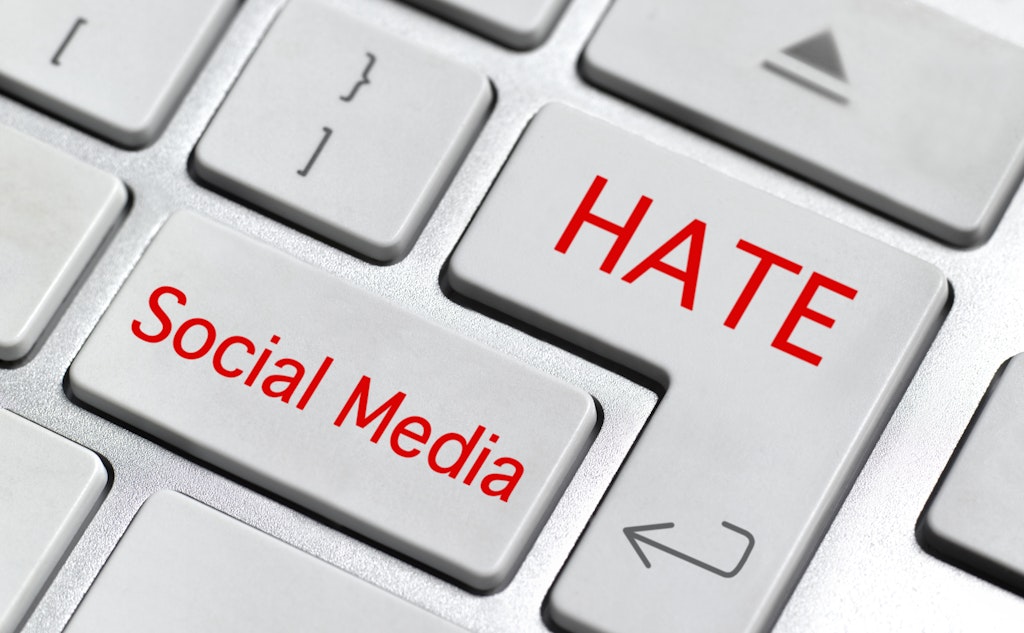Painting by numbers
Alexander Adams counts the cost of female artistic success
Last year, troubled by the way a common narrative did not seem to mesh with my lived experience, I set out to assess the obstacles women face in the fine-art world. As we all know, thanks to the tireless work of disinterested campaigners, supplemented by exert academics and repeated by an objective press, women face prejudice in society, including in the arts. Yet the findings of mandatory reporting to the British government purport to show that in 2018 women comprise 56% of the workforce in the UK arts sector, with an unfavourable earnings differential of only 2.6% towards median income women, mainly due to fewer women in top positions. What about the artists themselves?
Starting in July 2018, for 12 months I collected data from press releases that I encountered as a critic in the form of emails, publisher catalogues, magazine advertisements and notices on specialist websites regarding the international art world. Every day, I read about 40 press releases. Given the many obstacles we know women in the arts will face that their male colleagues obviously do not, this surely must be reflected in the daily data. I measured appointments, prizes and opportunities in the fine arts, mainly in Europe and North America. My findings were startling.
I discovered that in new appointments to positions in arts organisations, women outnumbered men. Overall, 63% of appointments were women – and not to minor positions; the press releases related to senior posts. On current trends, so statistics claim, in an already female-dominated workforce, the arts in the UK will soon be a primarily female occupation at the most senior levels.
Numbers further claimed the following disturbing facts. Women artists won more prizes than their male counterparts. Of all major prizes, 69% went to women during the survey period. This is quite an achievement considering women as a percentage of artists form an estimated 38-45% of the total cohort. One estimate gives 52% but, considering the limitations of maternity and childcare, the number of active professional women artists seems lower than that. My estimate is 45%. My final finding was that women had 45.5% of all opportunities in fine-art publications, exhibitions and performances. In other words, female artists only have a chance to participate in arts events and publicity proportionate to their numbers.
If women artists have merely the same chance as men to exhibit and publish, and are – in terms of appointments and prizes – doing disproportionately better than men, where then can we find the undoubted discrimination we know they face? Is there a lack of adequate restorative justice for past discrimination perhaps? Do the special programmes, quotas, bursaries, prizes and favourable reception by competitive and diverse juries go insufficiently far to restore the balance of the artistic universe?
Multiple entirely unrelated juries, appointment panels, boards of directors and other responsible influencers have absorbed the feminist narrative and now responsibly seek to “do their bit” in terms of fair play for women in the arts. Obviously much of this good work would not be possible in a field which was not only very socially liberal but also protected by subsidy and, as often as not, public sector employment status. In other words, in the public sector of museums, local galleries and NGOs there is thankfully only a limited influence by competition, commercial imperative and performance-related results. This allows a culture of patronage to develop, which protects favoured groups and grants them rewards as clients.
The editors could not accept a piece that seemed to contradict the gospel truth that women are discriminated against
We should contrast the decided advantage women in the public arts sector now have over men with the lacklustre performance of female art at auction. In the unregulated open market, women artists fare poorly, attracting lower prices overall. A recent study calculated that the average price of women’s art at auction was 47.6% that of the average price of art by male artists. How can we account for this clear discrimination? One could assert that auction figures measure not prejudice but competence. Far from displaying bias against women artists, the figures might betray simply a commercial rejection of art that is not sufficiently appealing to buying tastes. Though there we surely have it? The witting or unwitting prejudices of buyers of art, a notoriously discriminating subset of the population, come to the fore.
My findings were published in the September issue of The Jackdaw. When the data was offered in advance to a journalist to be used in a daily newspaper, the approach was met with a regretful response. Yes, the data looked sound and it concurred with the journalist’s own observations but the editors could not accept a piece that seemed somehow to contradict the gospel truth that women are discriminated against in the hate-filled surroundings of the contemporary British arts scene. One can only hope to find more understanding and sympathetic readers here.
Enjoying The Critic online? It's even better in print
Try five issues of Britain’s most civilised magazine for £10
Subscribe














